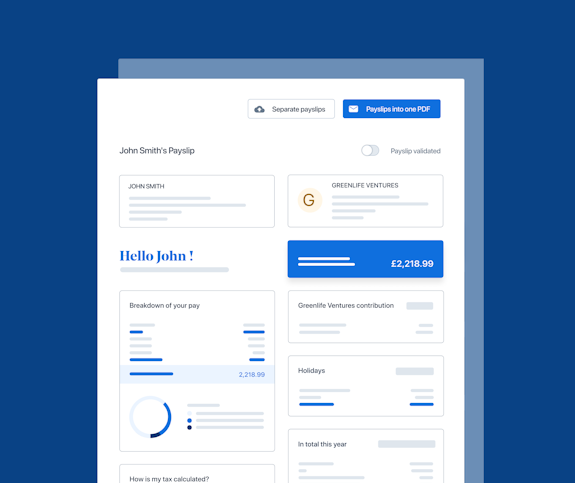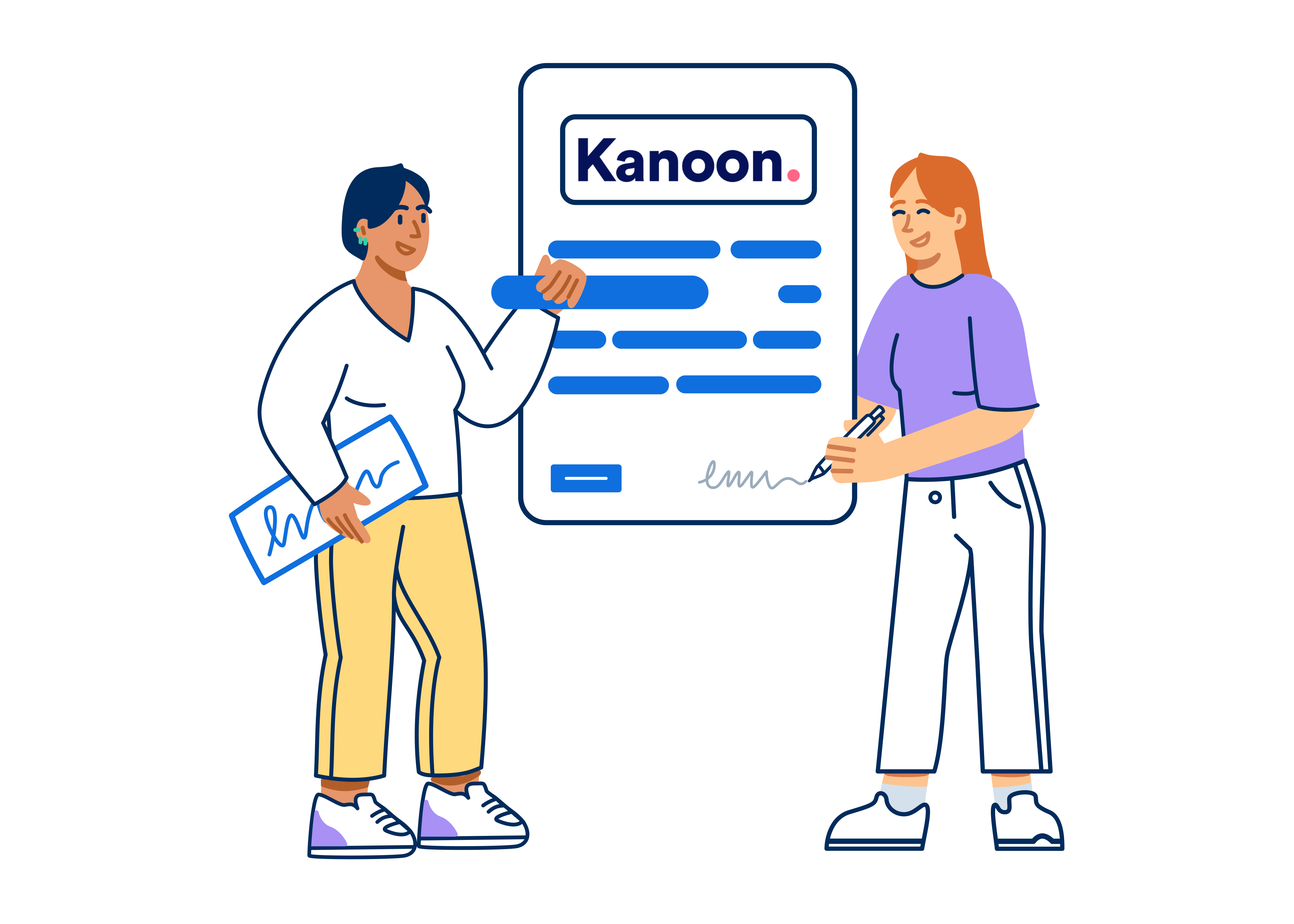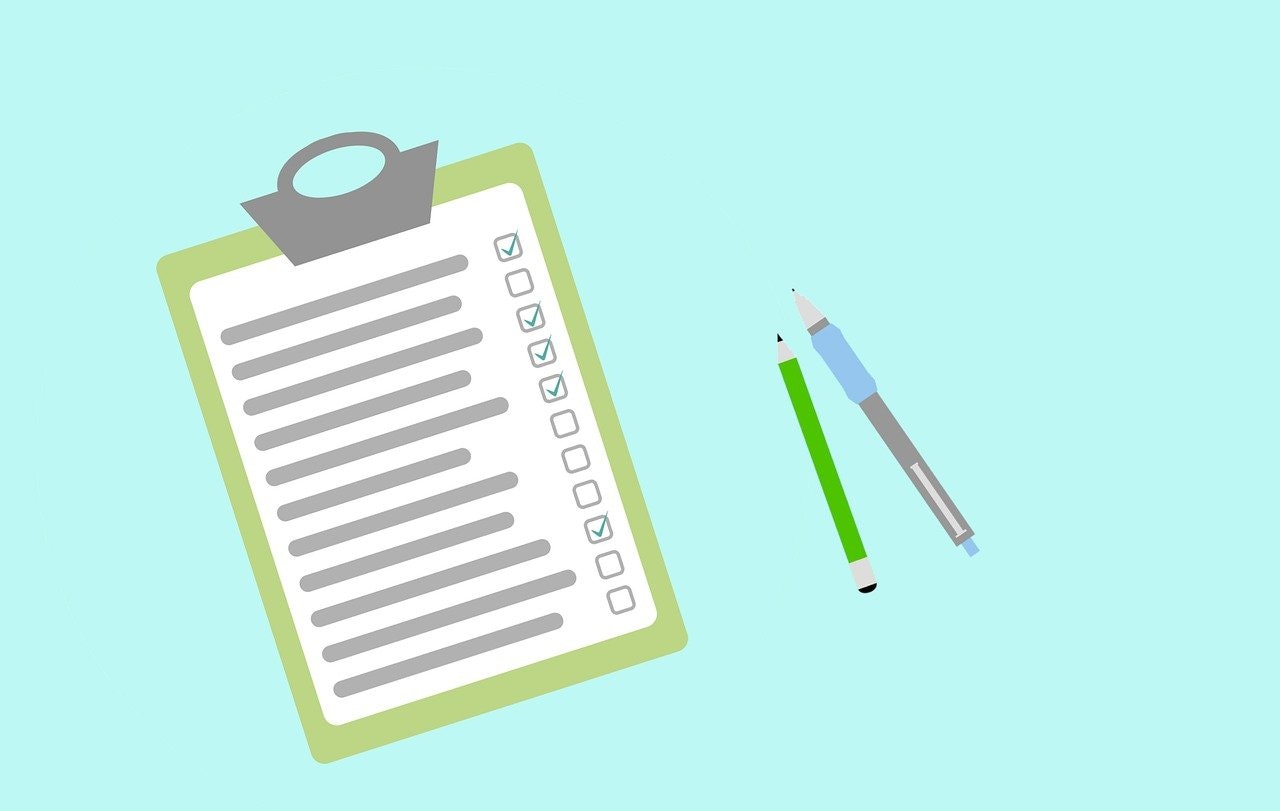- Blog
- |Managing Payroll
- >Compliance
- >payroll compliance top tips
How Can Your Organisation Remain Payroll Compliant?


Compliance. Although the topic is a wee bit dry, it’s essential your organisation remains payroll compliant. Not only is dealing with non-compliance a costly business, but it also creates more work for your payroll team.
This blog explores how you can remain compliant with payroll legislation and how payroll software can make your life much easier in your quest for compliance.
What is payroll compliance?
In layman's terms, payroll compliance is doing your payroll correctly and adhering to all payroll legislation. If you violate any of this legislation, you can face hefty fines and penalties as an employer.
What payroll legislation are we talking about? Things like:
Reporting information to HMRC via RTI (PayFit helps you automate this)
Auto-enrolment (PayFit helps you to automate this, too)
GDPR
Why is it important to comply with payroll legislation?
No one wants to be on the receiving end of a fine or penalty, and that’s precisely why you’ll want to comply with payroll legislation. And when we say fines, we’re not talking about £1,000 and a slap on the wrist. Companies have been fined millions for breaching basic data protection guidelines.
To give you a real-world example, in January 2020 Italian authorities fined Italian telecoms firm TIM a whopping €27,8 million for breaching GDPR. Imagine getting that through the post.
But with payroll legislation, how do you remain compliant and avoid facing these stomach-churning fines? Our checklist below might help…
Payroll: the compliance checklist
Who doesn’t love a checklist? Here are five items you need to tick off to ensure payroll compliance.
1. Take time to understand payroll legislation
This isn’t the sexiest start to a checklist, but understanding payroll legislation is crucial to ensure you remain compliant. Even if you already have a pretty good understanding of current legislation, you’ll need to invest your time to ensure you stay up-to-date with the latest legislation.
A 2021 CIPP survey found that 88% of professionals were aware of the changes to the calculation of holiday pay. Unfortunately, that leaves 12% who were unaware. Don’t be in that 12%!
How can you keep on top of ever-changing legislation? Attend webinars, seminars and industry conferences regularly and follow payroll professionals and authority figures on LinkedIn for timely social updates. Off the back of COVID, many events remain online — check out any upcoming CIPP events here and sign up for HMRC’s employer bulletins here.
2. Keep your records up-to-date
It sounds basic, but when you’re muddling through payroll manually, it can be easy to miss or incorrectly enter information into your system. An automated payroll system can help you minimise human error and administrative burdens brought on by this stressful process.
Anything that affects payroll, whether your employees have changed address, got married or been promoted, it’s your job to keep their records up-to-date.
3. Ask employees for feedback
Sometimes, you can’t see the wood for the trees. But asking those who might experience your payroll process differently can help you identify and resolve any problems (such as underpayments) before they become serious.
This feedback process might also highlight knowledge gaps on your employees’ behalf. That might mean you need to run a refresher course on uploading expenses into your systems to ensure everything is running smoothly on their end.
4. Make sure you know your stuff about pensions
Auto-enrolment came into our lives back in 2012. Since then, it's been your job, as an employer, to make sure you understand your obligations. To start, you need to find a payroll software solution that helps you work out pension contributions for all employees who qualify for auto-enrolment.
Everyone’s contributions will differ, so doing this manually will induce headaches. So make it a priority to find software that helps you submit monthly contributions, processes new joiners and leavers, processes any refunds and sends auto-enrolment letters.
5. Implement automated payroll software
According to QuickBooks, 25% of workers don’t check their payslips monthly — could this be why companies are failing to spot underpayment errors? Big brands like Argos and Tesco have had to pay large sums of money in underpayments.
How do you stop this from happening? By empowering employees with automatically generated and distributed payslips. Payroll software means you can minimise these kinds of errors.
Employees receive a clear breakdown of their income, tax payments, pension contributions, annual leave taken and still to take — they become more informed about what they’re paying and how much they’re getting paid.
That makes it easier to spot issues, but using software like this in the first place helps reduce the chances of errors seeping into employee payslips in the first place. In addition, it enables payroll administrators to update and view payslips in real-time and finalise payroll in just a few clicks, all helping you remain on the right side of compliance.
6. Be aware of deadlines
Deadlines when filing payroll aren’t optional, and if you fail to submit your payroll before the deadline HMRC has set, you risk receiving a fine — and that fine increases the more employees you have on your books. Monthly fines range from £100 for 1-9 employees to £400 for 250 or more.
And it’s not just late full payment submissions that will get you a penalty; careless (or even deliberate) errors spotted in payroll submissions can also land you a fine.
Please note: if you’re running more than one PAYE scheme, HMRC will fine you separately for each.
How PayFit stays compliant
Software genuinely makes everything easier, more streamlined and more efficient. And at PayFit, we pride ourselves on offering a substantial piece of software that will not only make running payroll a doddle but ensure you’re fully compliant, always.
So how do we stay compliant? Good question.
Firstly, PayFit customers are guaranteed GDPR compliance due to the increased security measures and password-protected systems we have in place.
We meet the standards you'd expect from us and we'd expect from ourselves. Ensuring we abide by our strict internal processes while subjecting ourselves to an annual external audit and maintaining our ISO 27001 certification, we can be confident that your data will be secure.
Plus, we’re HMRC-recognised, which means we can easily handle all your RTI submissions also, plug in your pension provider, and grant us access to help you automate your pension submissions.
Payroll compliance can be a head-scratcher, and if you’ve just recently considered bringing your payroll back in-house, you might feel that you’re slowly getting stressed about all the legislation you need to keep on top of.
But there’s good news — we have a team of CIPP-qualified payroll experts waiting in the wings to answer any questions you might have. We’re all about supporting our customers at PayFit. So if you’ve got a burning question, send it our way.


A UK 4-Day Working Week - Thoughts On Labour’s Plan

Running payroll - A Guide For New Businesses

The Alabaster Ruling & Maternity Pay - A Guide For Employers

The End Of Zero Hours Contracts? Implications For Businesses

What is the HM Revenue and Customs Starter Checklist

